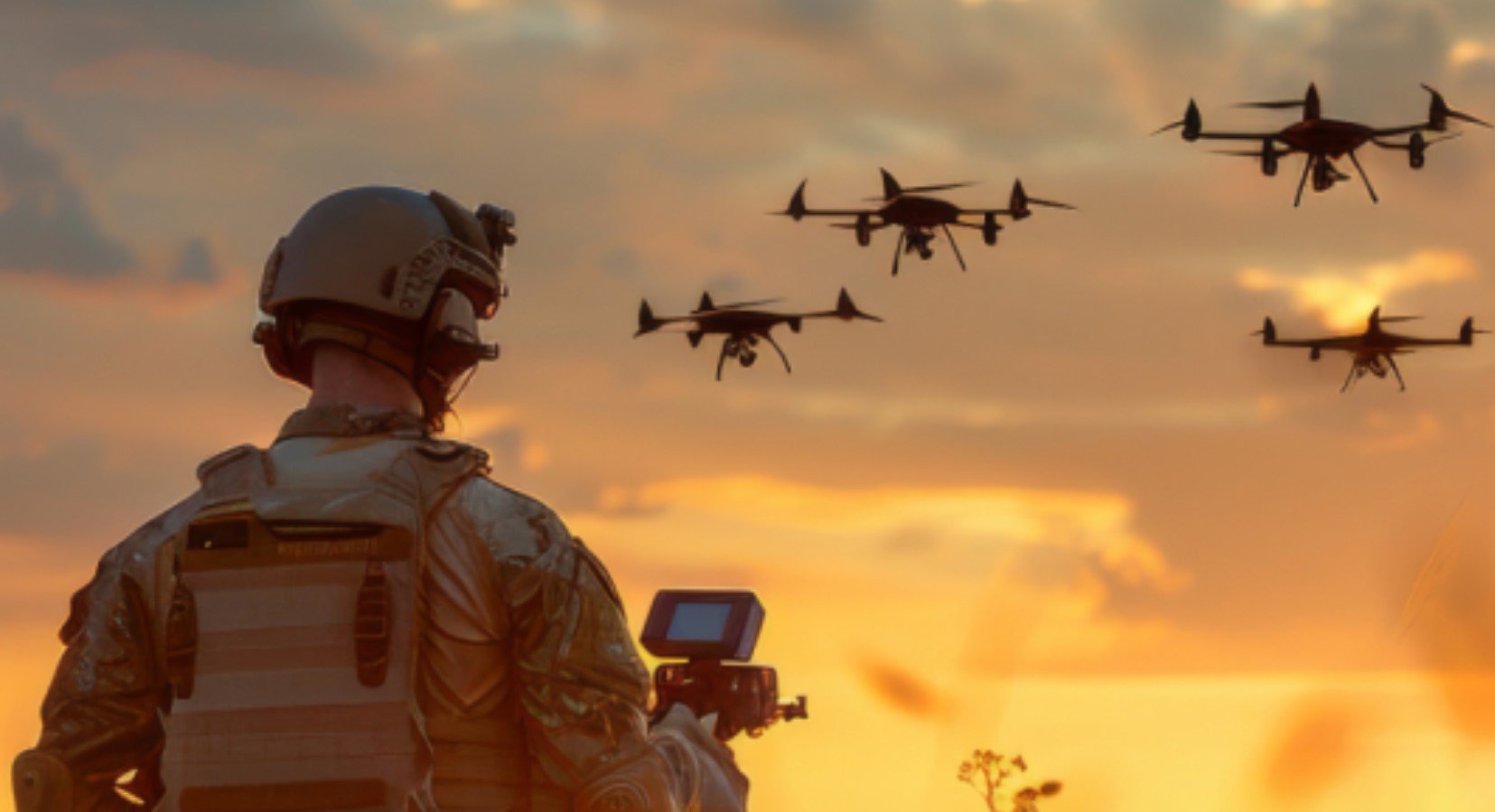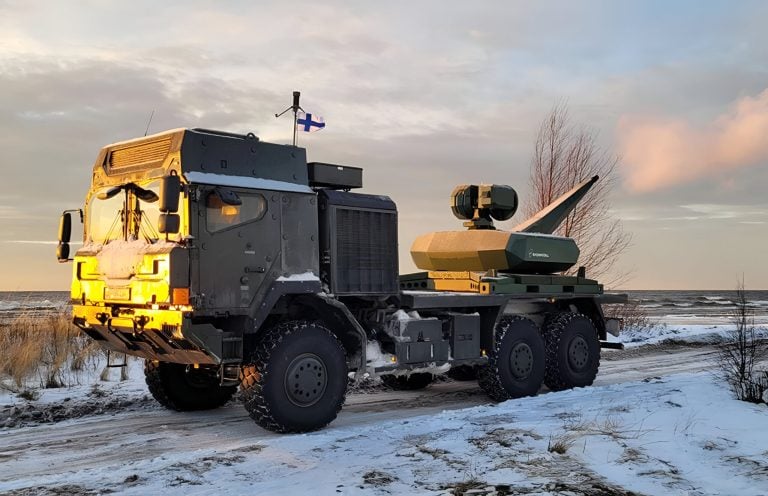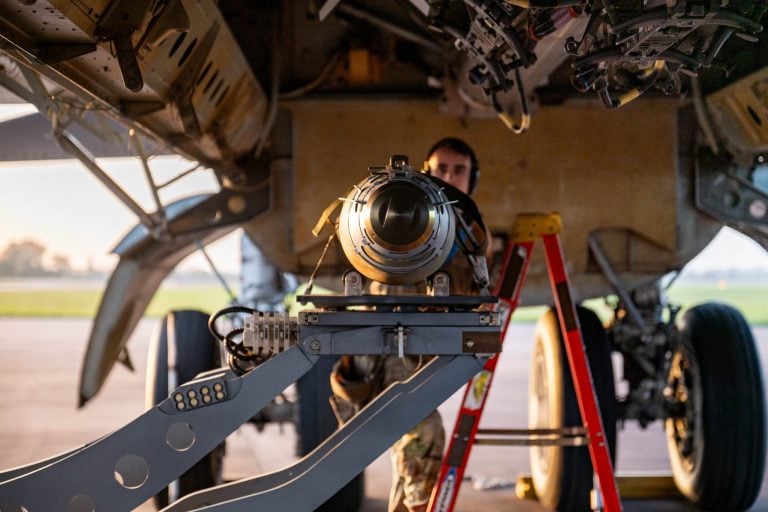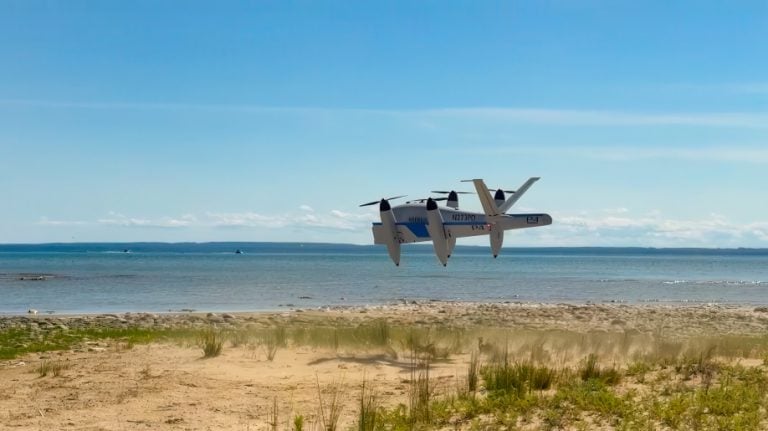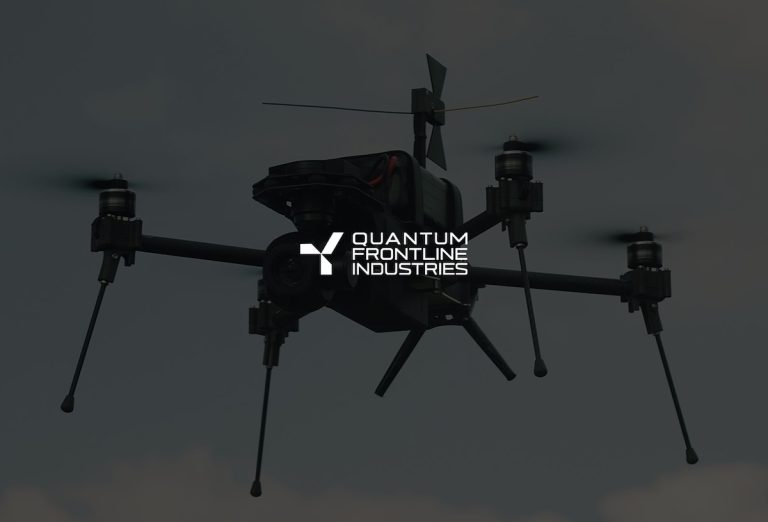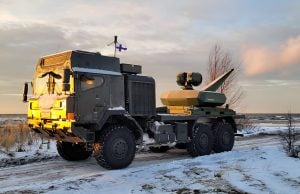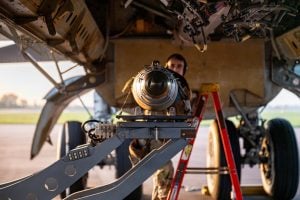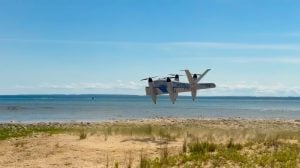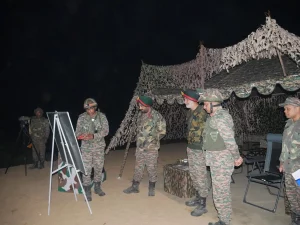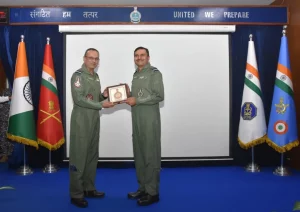Palladyne AI and Red Cat have successfully completed a collaborative test flight involving three different autonomous drones, aimed at enhancing multi-drone interoperability. The trial featured Red Cat’s Teal 2 and Black Widow drones, both equipped with Palladyne’s sophisticated Pilot AI software. This innovative technology enables each drone to process data independently while maintaining communication through limited links, without relying on a central control system.
During the test, the drones demonstrated their capabilities by detecting and tracking individuals, vehicles, and other moving or stationary objects across various locations. This allowed a single operator to monitor the actions of multiple drones in real time, significantly increasing operational efficiency. Geoff Hitchcock, Chief Revenue Officer of Red Cat, emphasized the implications for military applications, stating, “For warfighters, this provides greater situational awareness while requiring fewer operators in the field to manage multiple assets.”
Hitchcock also remarked on the significance of the recent test, stating, “This latest test is a meaningful step toward making multiple, collaborative autonomous systems more practical and effective in real-world defense scenarios.” Earlier in the year, the partnership had conducted a successful trial featuring two drones, while a single-drone test in December 2024 showcased the effectiveness of the Pilot AI software in autonomously detecting, prioritizing, and tracking ground targets.
The Pilot AI system represents a unified software solution that integrates seamlessly with various unmanned aerial platforms. Unlike traditional operations where each drone is individually controlled, the Pilot AI facilitates automatic coordination among unmanned aerial vehicles and their onboard sensors. This allows for intelligent task assignment within the network, ensuring that if a target moves outside of a drone’s view or becomes temporarily obscured, another drone or sensor can seamlessly take over tracking without manual intervention. This technology not only streamlines operational coordination but also enhances the drones’ adaptability during missions centered on intelligence, surveillance, and reconnaissance, marking a significant advancement in autonomous drone operations.
